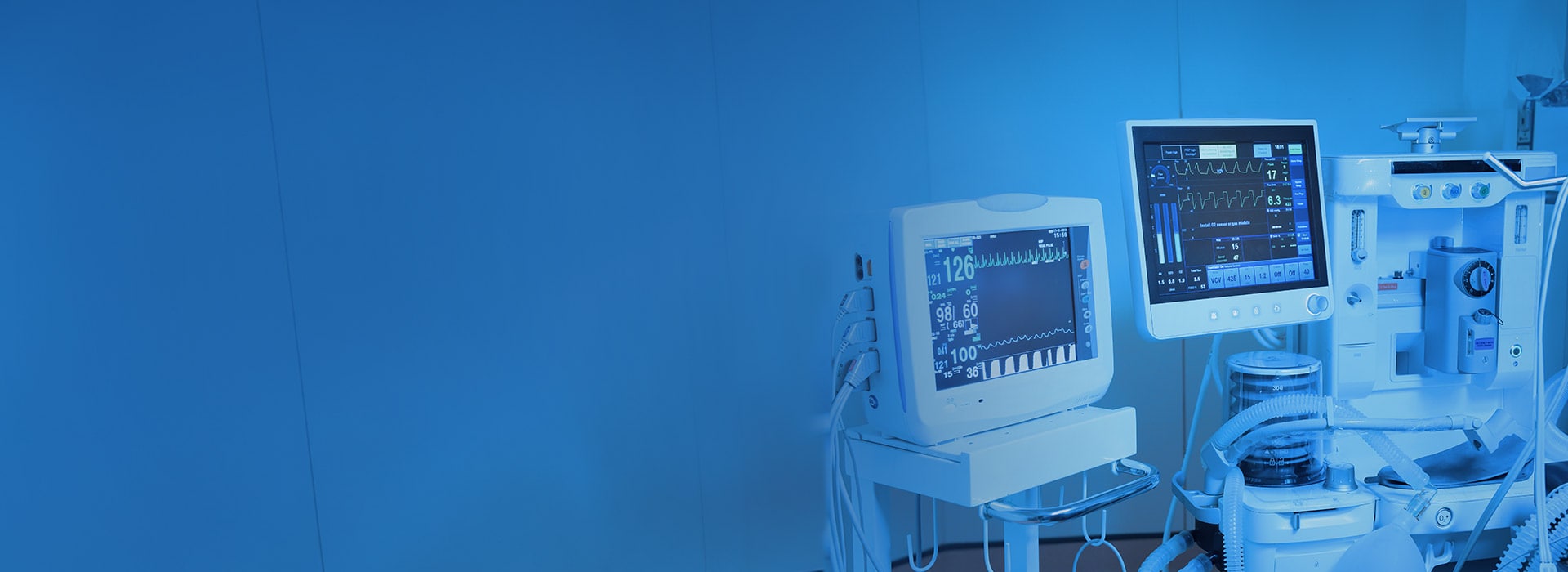Pardot is a leading B2B marketing automation solution for marketers to generate more high-quality deals. Using Pardot, we can automate our marketing activities and sync our marketing and sales departments to work better together.
It allows our sales team to close deals faster. Pardot is powered by AI and built on the world's number one CRM. It enables customers to align their marketing and sales teams all in one place. With Engagement studio, we can build personalized customer journeys based on prospects' interactions and get a full view of how our campaigns perform.
Pardot B2B Marketing Automation
As prospects engage with our campaigns, emails, or websites, our sales teams get real-time alerts to have the right conversation with the right lead at the right time. Then they can continue their discussion with pre-approved marketing emails sent within Salesforce. Finally, we will get a full view of our campaigns, pipeline, and what content performs best to understand further where our top leads come from.
Why Pardot?
Pardot is a software-as-a-service (SaaS) B2B marketing automation built on the world's #1 CRM platform.

- Pardot provides a simple setup for powerful email marketing.
- Using Pardot, we can do in-depth prospect tracking.
- Pardot allows us to design lead nurturing tracks for all pipeline stages.
- It enables our business to improve marketing-to-sales relationship efficiency.
- It provides the ability to calculate Return on investment (ROI).
- We can easily perform Integration with Salesforce among marketing automation platforms.
- Enhanced marketing accountability, improved segmentation, and automated marketing communications with prospects.
Let's Look around Pardot:
Pardot Dashboard:

The Pardot dashboard is the first thing we see after logging into Pardot. The pardot navigation bar contains eight main menu items by default listed below:
- Prospects
- Campaigns
- Automation
- Pardot Email
- Content
- Pardot Reports
- Reports
- Pardot settings
The Pardot dashboard gives us a macro view of account notifications and active prospect records. We can also easily access other data. There is a Lightning app so we can customize the tabs and make other important Salesforce objects according to our requirements.
- Prospects Tab: After the Pardot dashboard, there is the Prospect tab where we can access records for the prospects in our account. It contains a list of prospects. Under accounts email, we can connect with individual prospects and monitor visitors.
- Campaigns tab: We all know a campaign is an advertising or marketing program (email connectivity, seminars, ads, and marketing collateral). We can track all our campaigns and the performance of every campaign in the campaign tab.
- Automations tab: All automation tools like page action, automation rules, and segment lists are in the Automation tab. We can also create and build an Engagement studio program to nurture our prospects.
- Pardot Email tab: Here, we can access all email drafts, send emails, schedule emails and create email templates.
- Content tab: The content tab is where we can organize and categorize content using folders and tags. Create and manage content like custom redirects, forms, landing pages, etc.
- Pardot Reports tab: It gives us access to all reports that Pardot offers with campaigns and conversion rates.
- Reports tab: In this, we find all Salesforce public and private reports created by you and others.
- Pardot Settings tab: This is the default tab. As per Lightning, we can control field settings, and account security, import users, and create and sync custom objects.
Pardot to Social
Pardot is undoubtedly a great platform, but we can better experience it when integrated with other products. It can reach other third-party applications, like Facebook, Twitter, LinkedIn, and other social media applications.
Let us set up a Twitter connector in Pardot, and we can follow the same steps for other applications too:
- Navigate to Pardot Settings, select Connectors
- Click + Add Connector
- Select Social Posting Connectors and click on Twitter
- Enter your Twitter username. Click on Create Connector
- We will be redirected to Twitter to log into the account that we want to connect
- After the Connector saves, click Verify Now
- Click on Authorize app and Save Connector

Key benefits of Pardot
- A Simple setup for powerful email marketing: It allows you to optimize customer communication in a highly personalized manner.
- In-depth prospect tracking: It helps the website track readers even before they become customers.
- Lead nurturing: Find lead nurturing tracks for all stages of the pipeline.
- Prospect grading and scoring: Distinguish who is the most interesting to you and who is the most interested in your products.
- Ability to calculate ROI: Calculate which part of your marketing is paying off and bringing in the sales.
- Best integration with Salesforce: Easily integrate with Salesforce with superior benefits.
Conclusion:
Get your favorite B2B marketing automation features directly in UI that has the Pardot Lightning app and is built on the Salesforce platform. We need not move back and forth between Pardot and Salesforce. Using Pardot, we can automate our marketing activities and sync our marketing and sales departments to work better. And Yes!! Our sales and marketing teams can work in the same space as Pardot.













